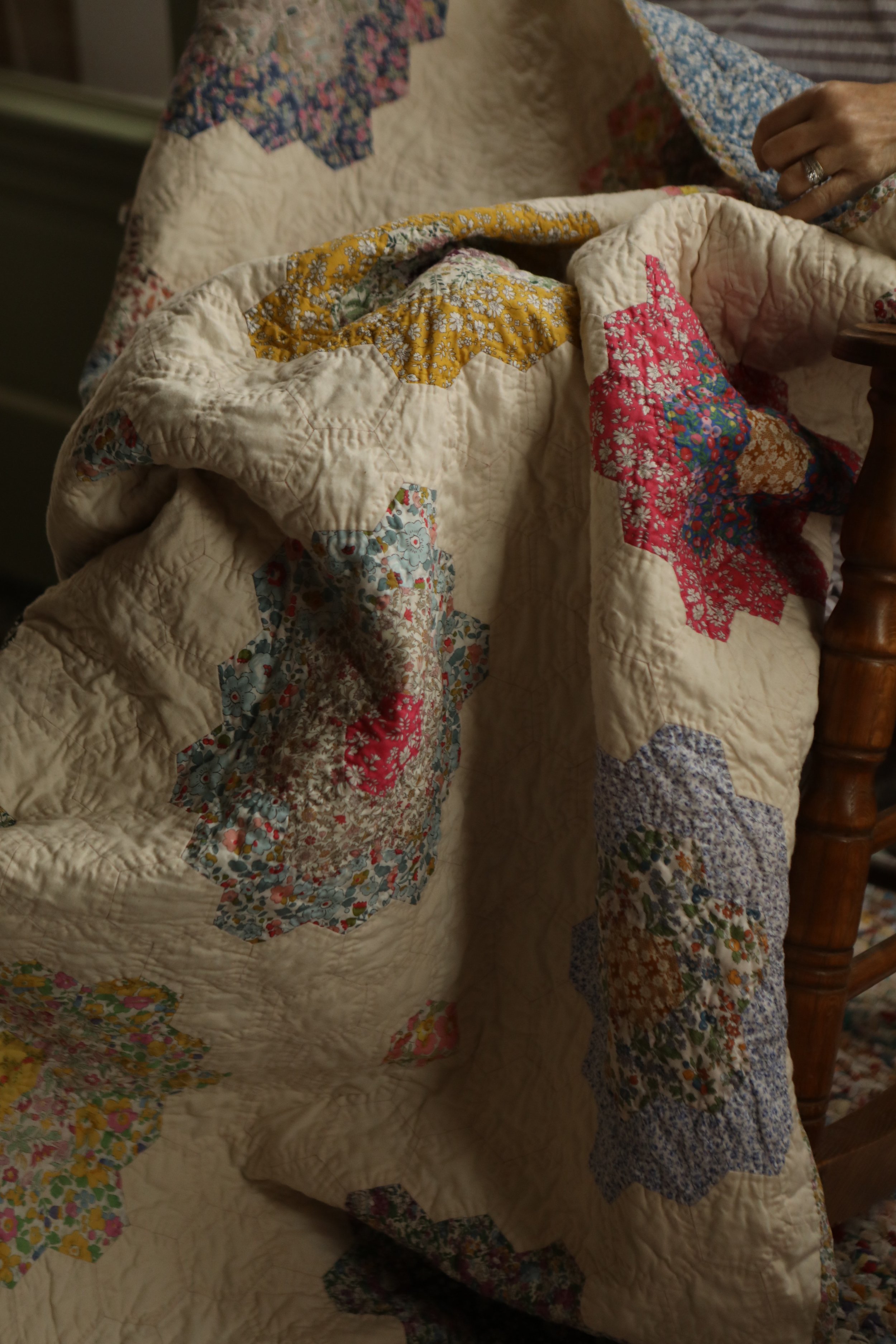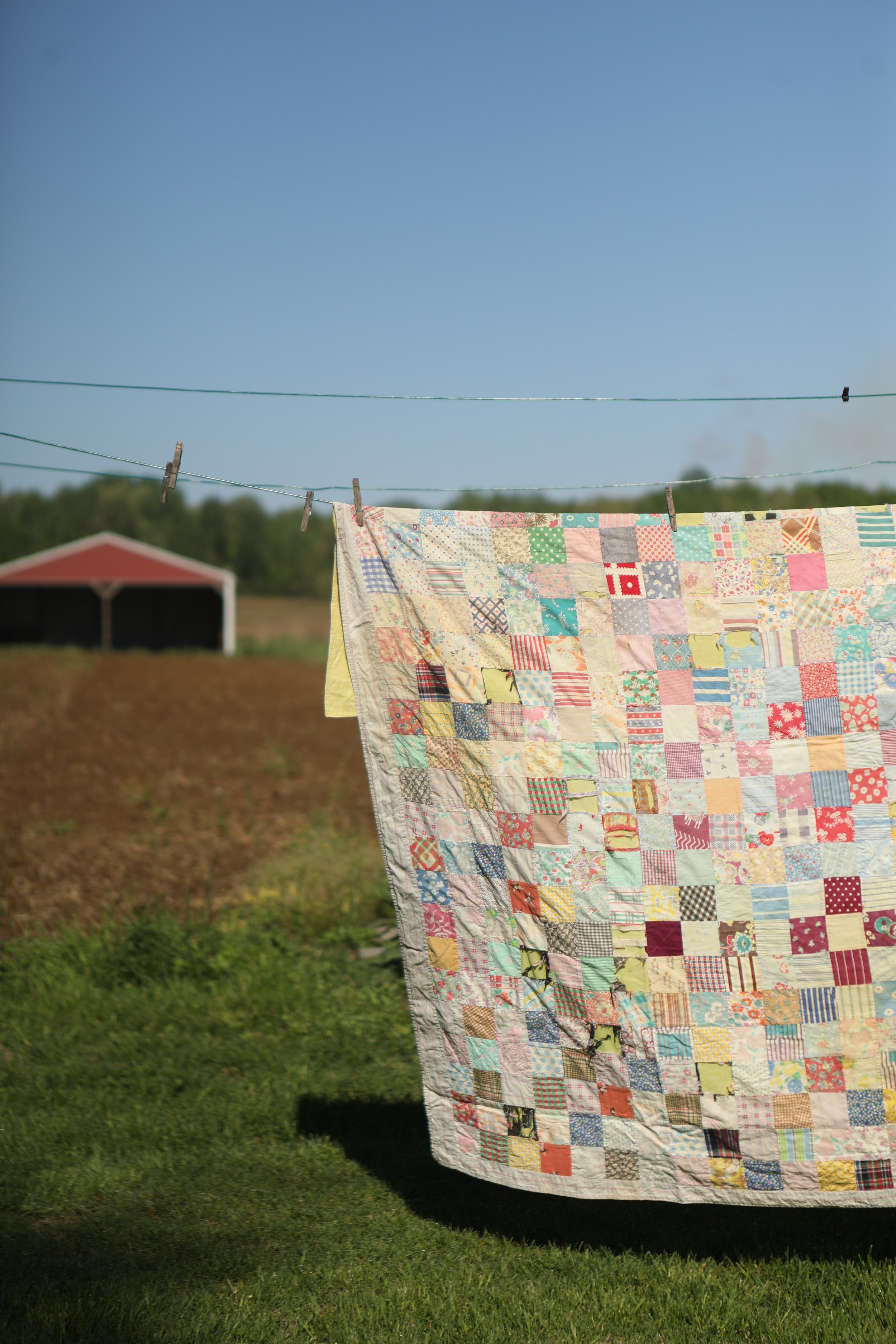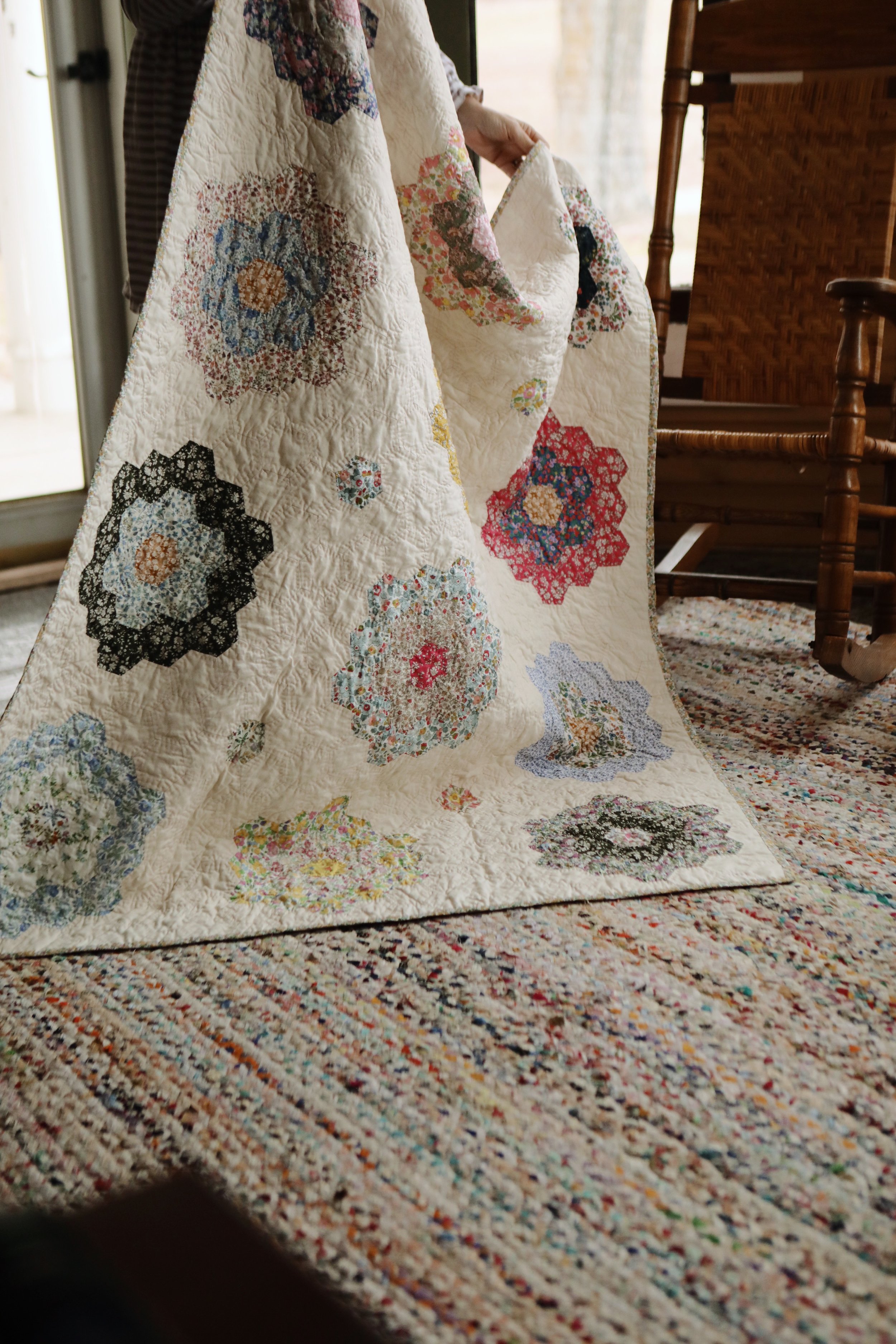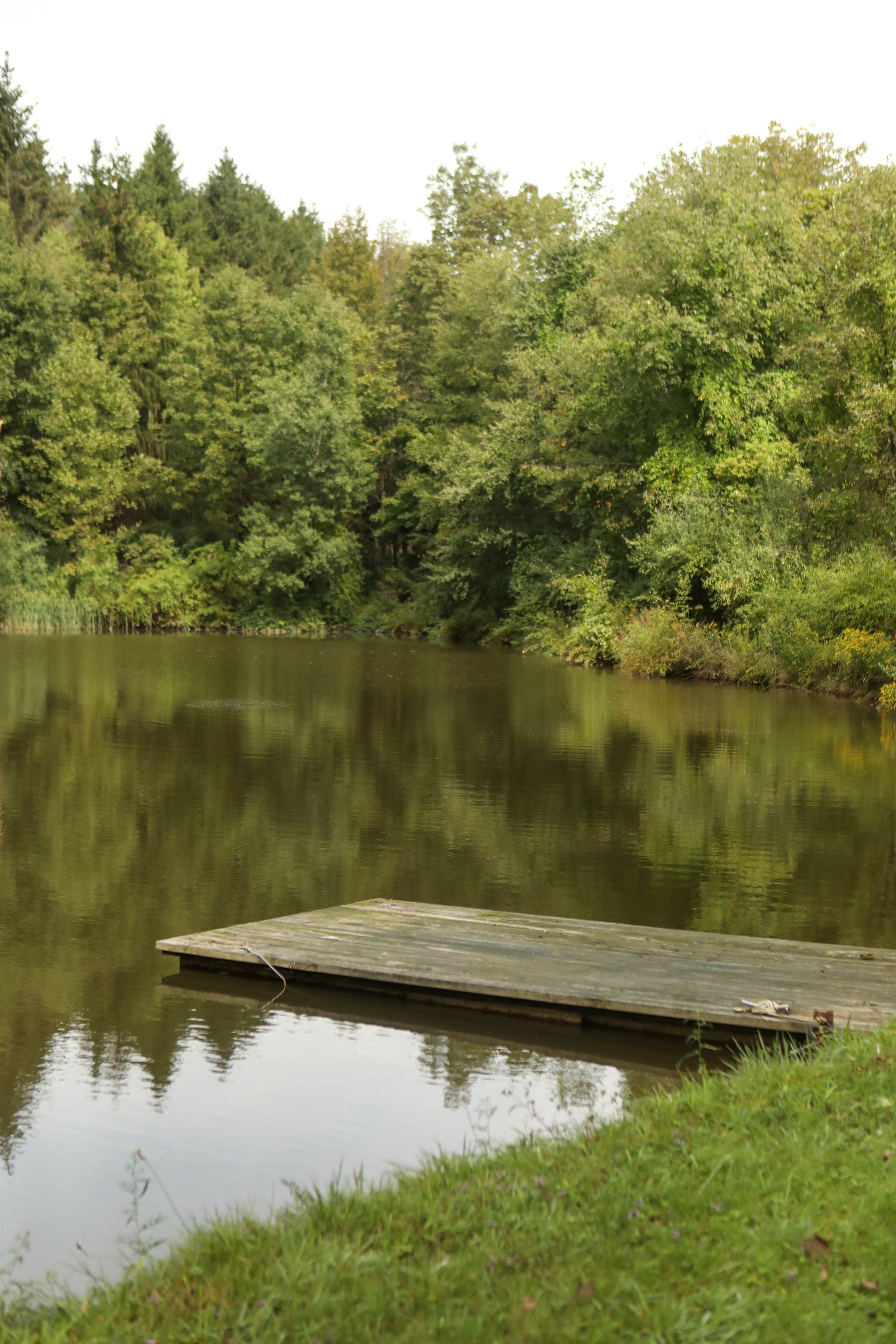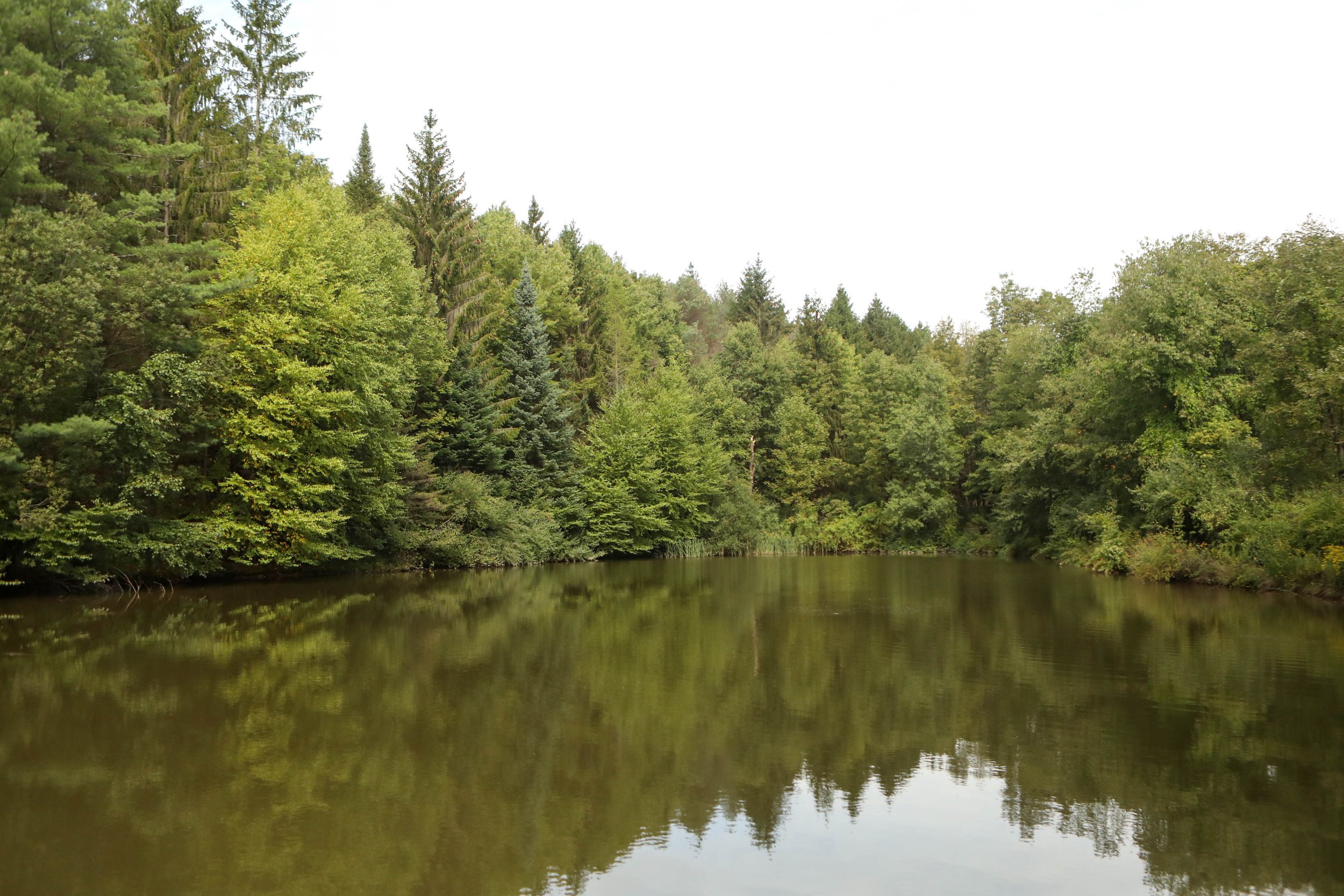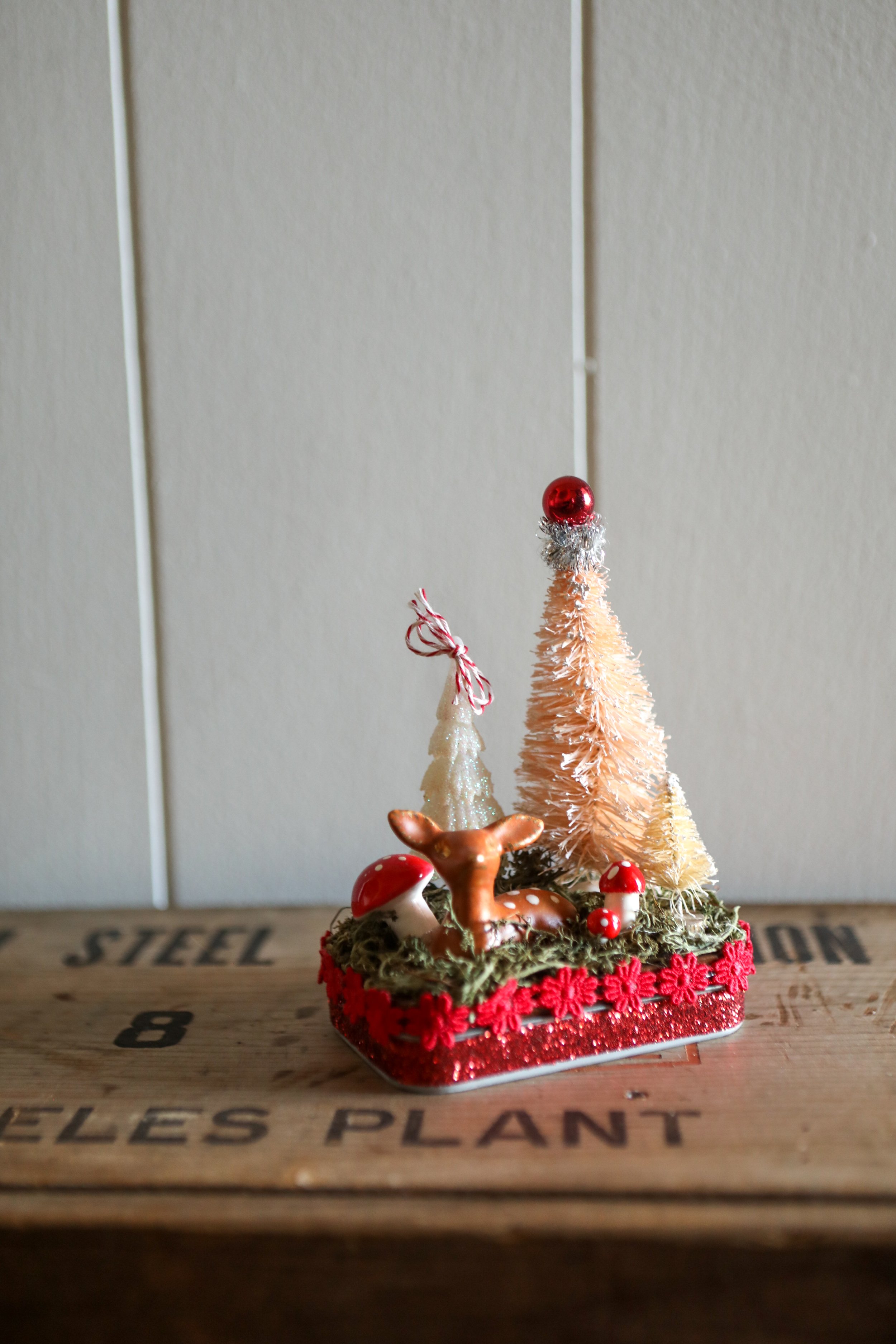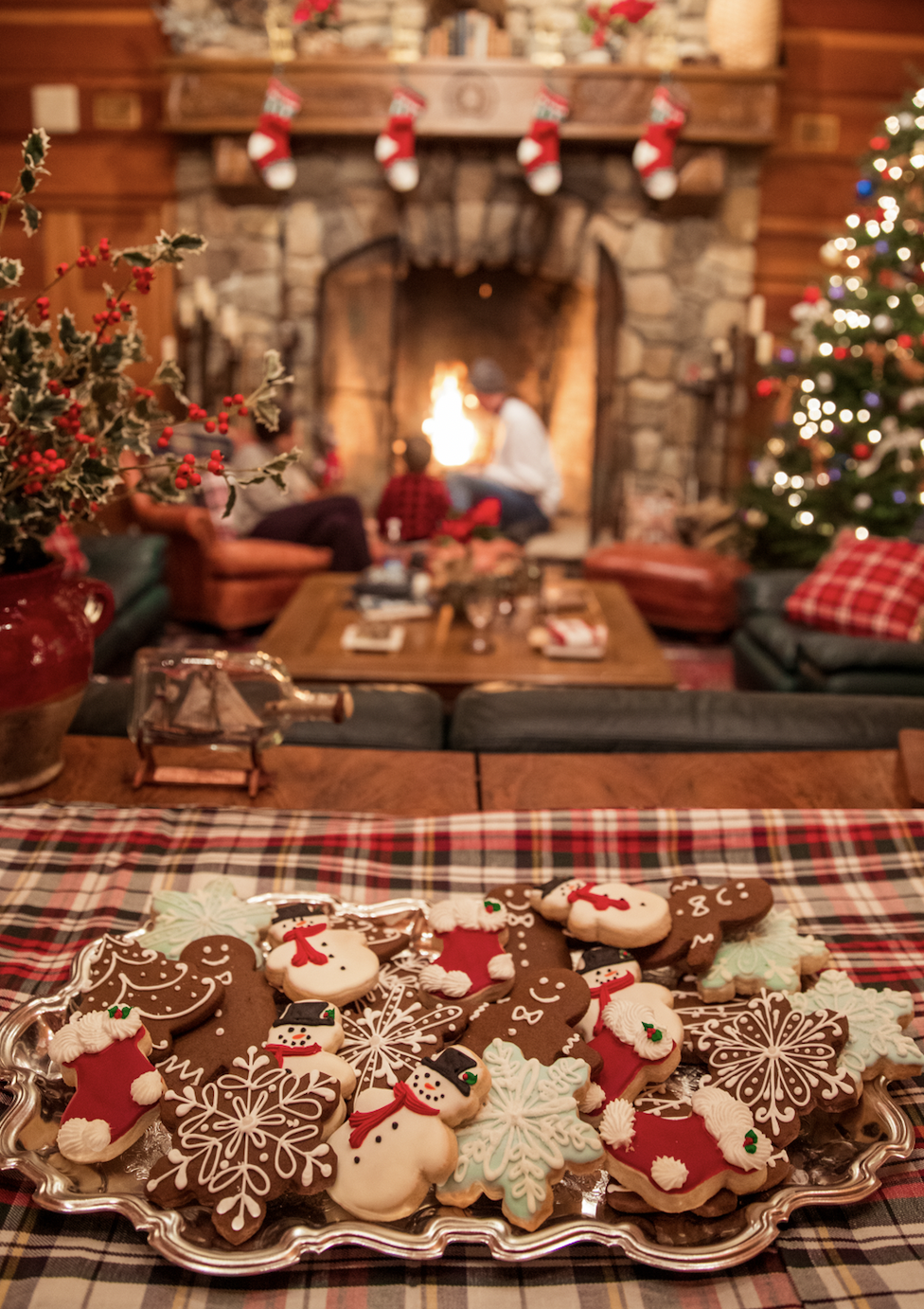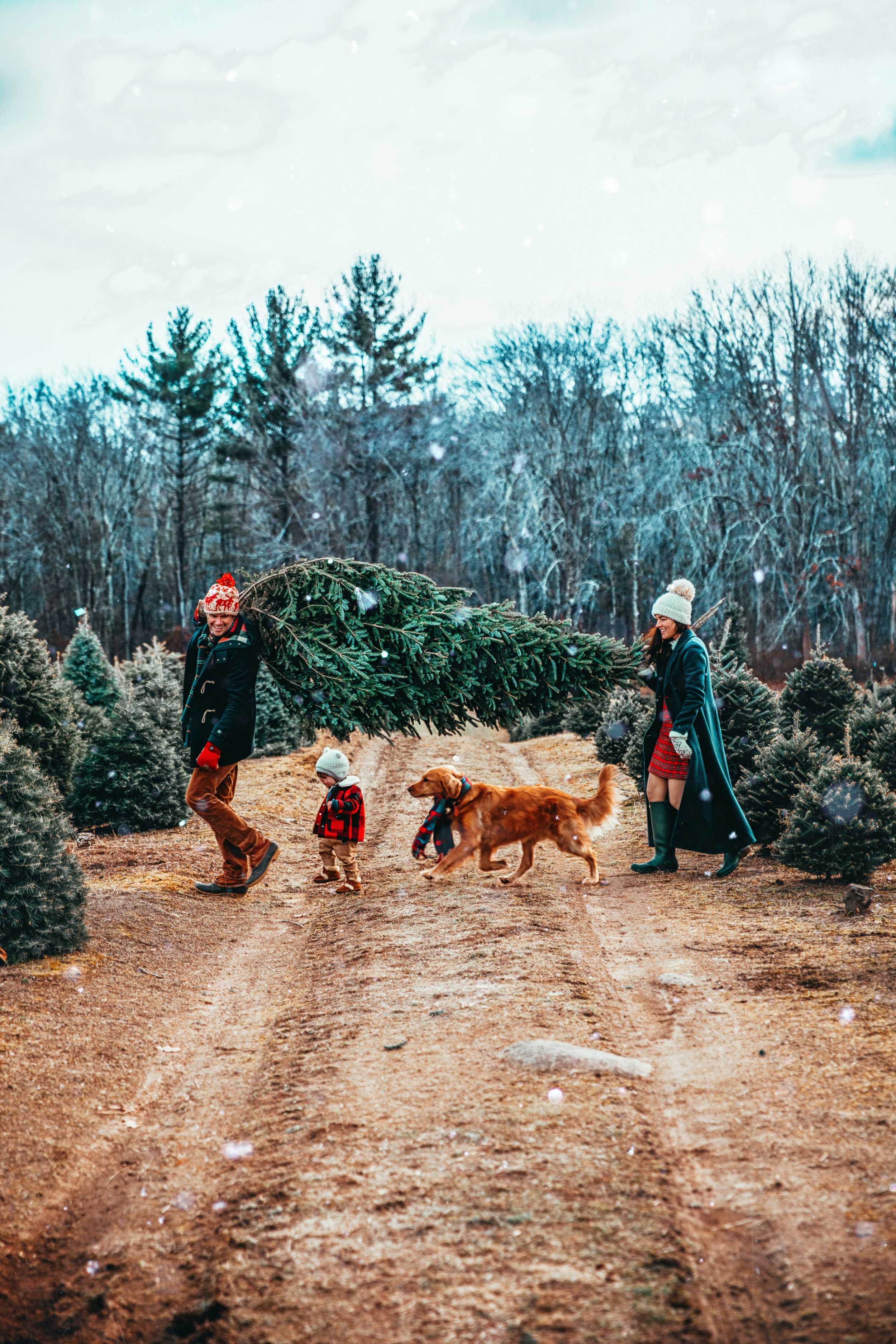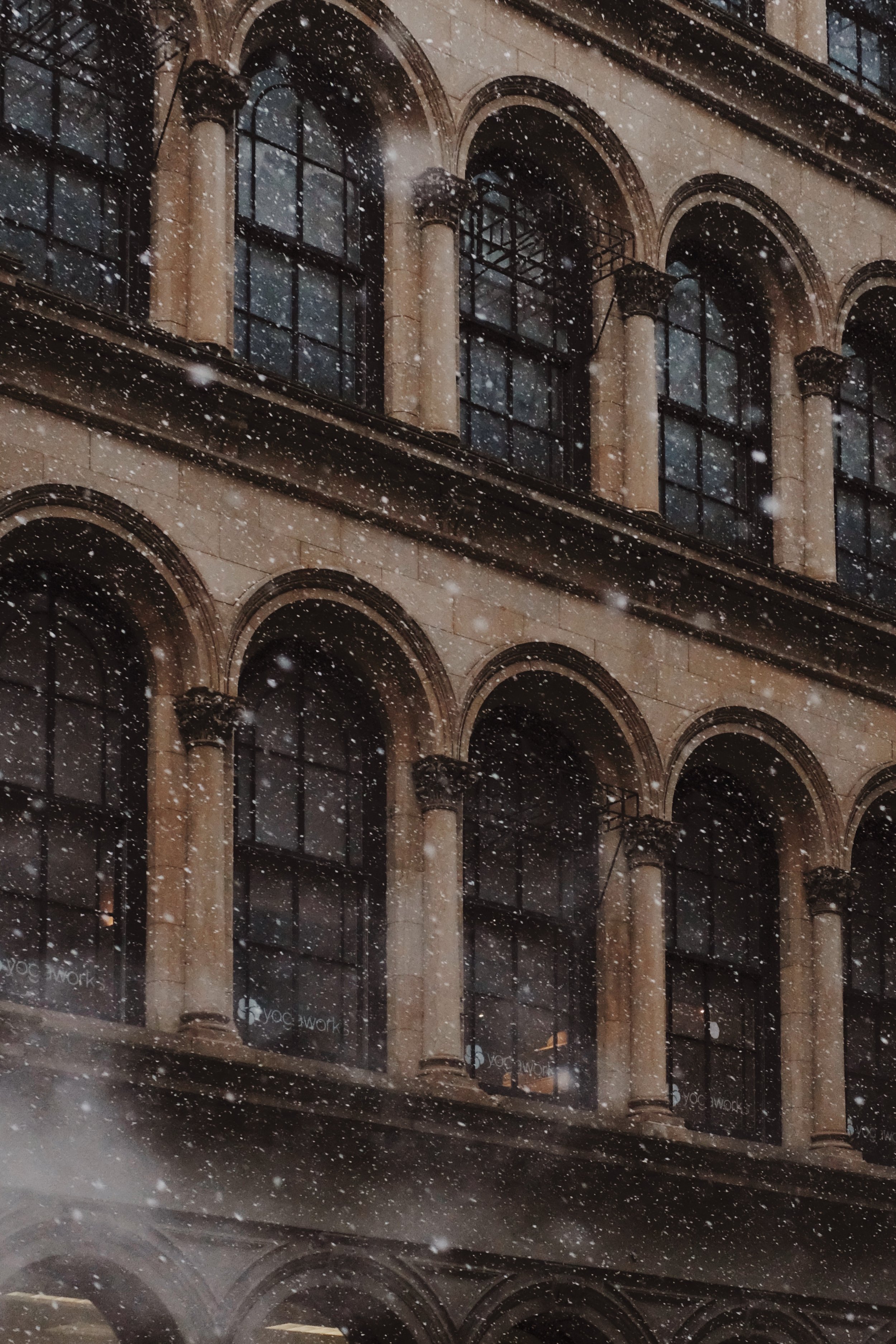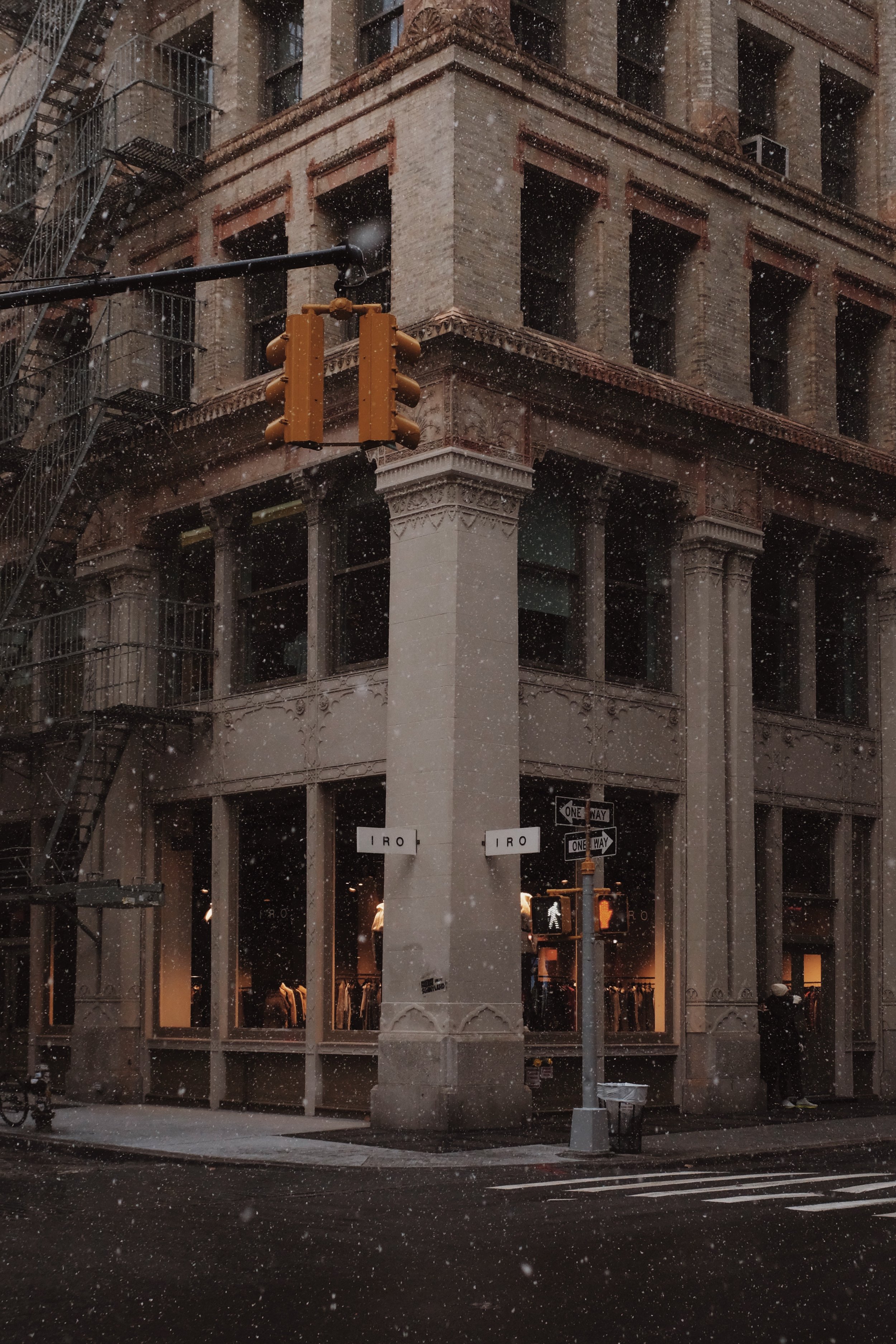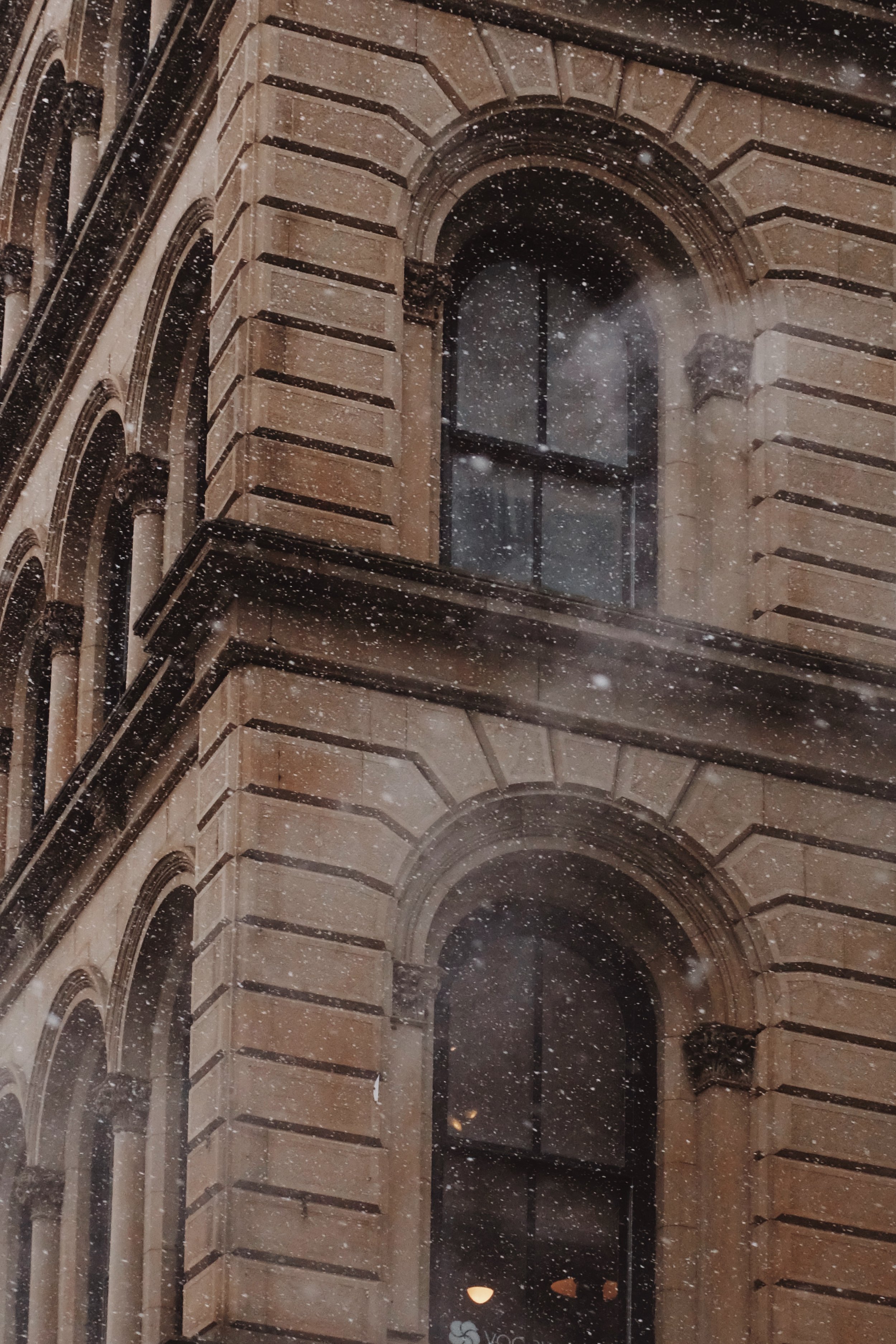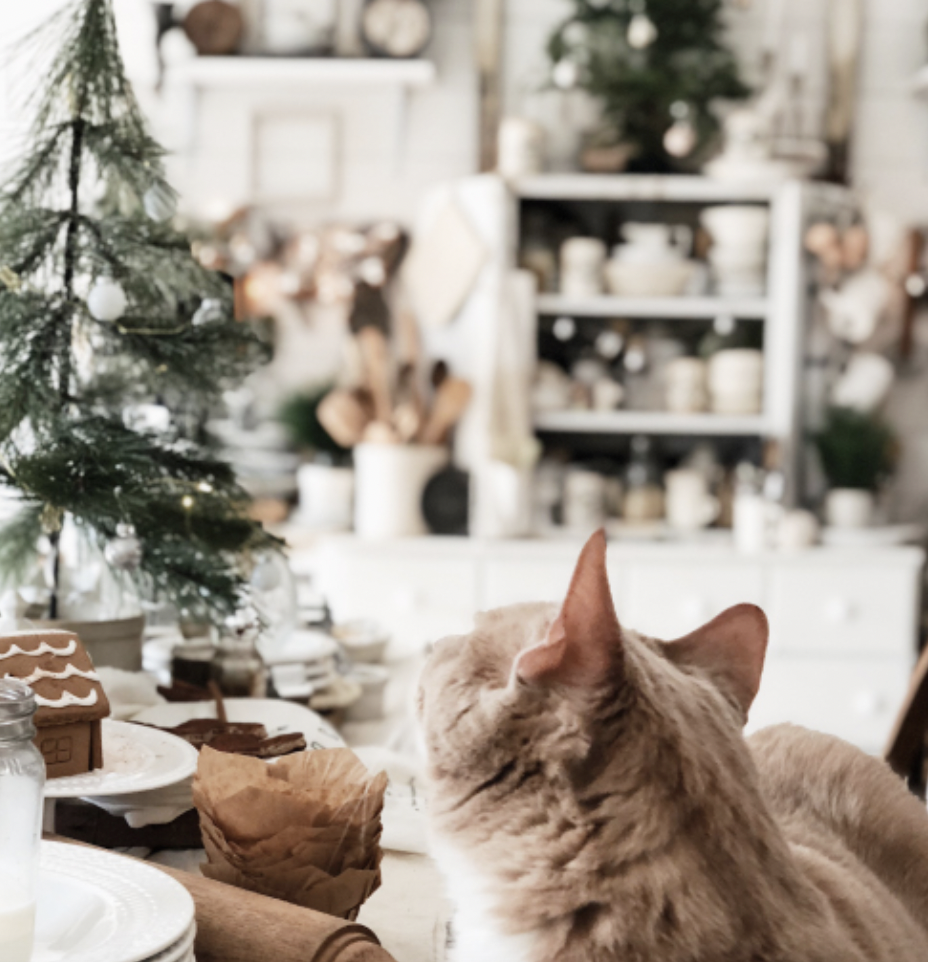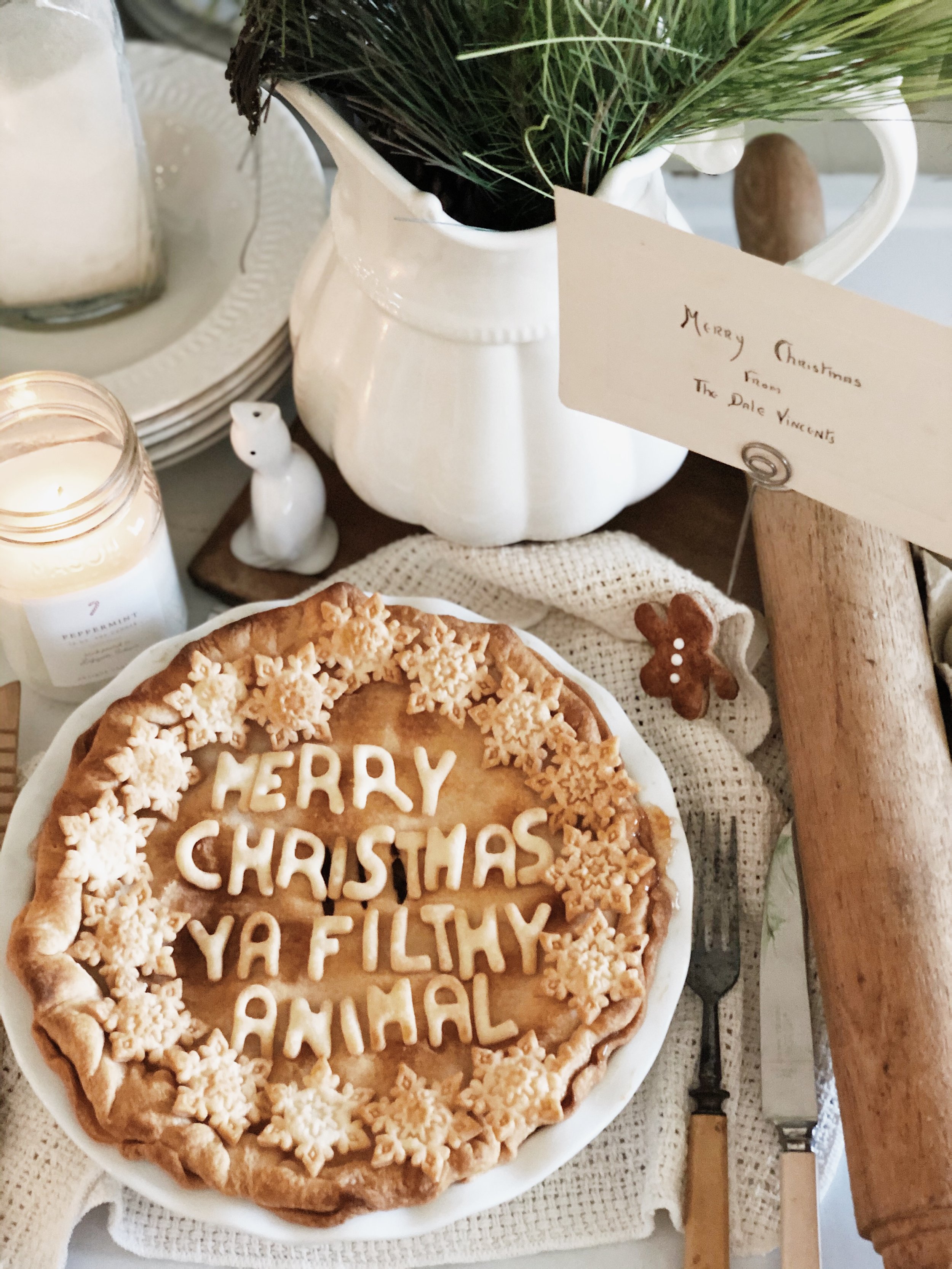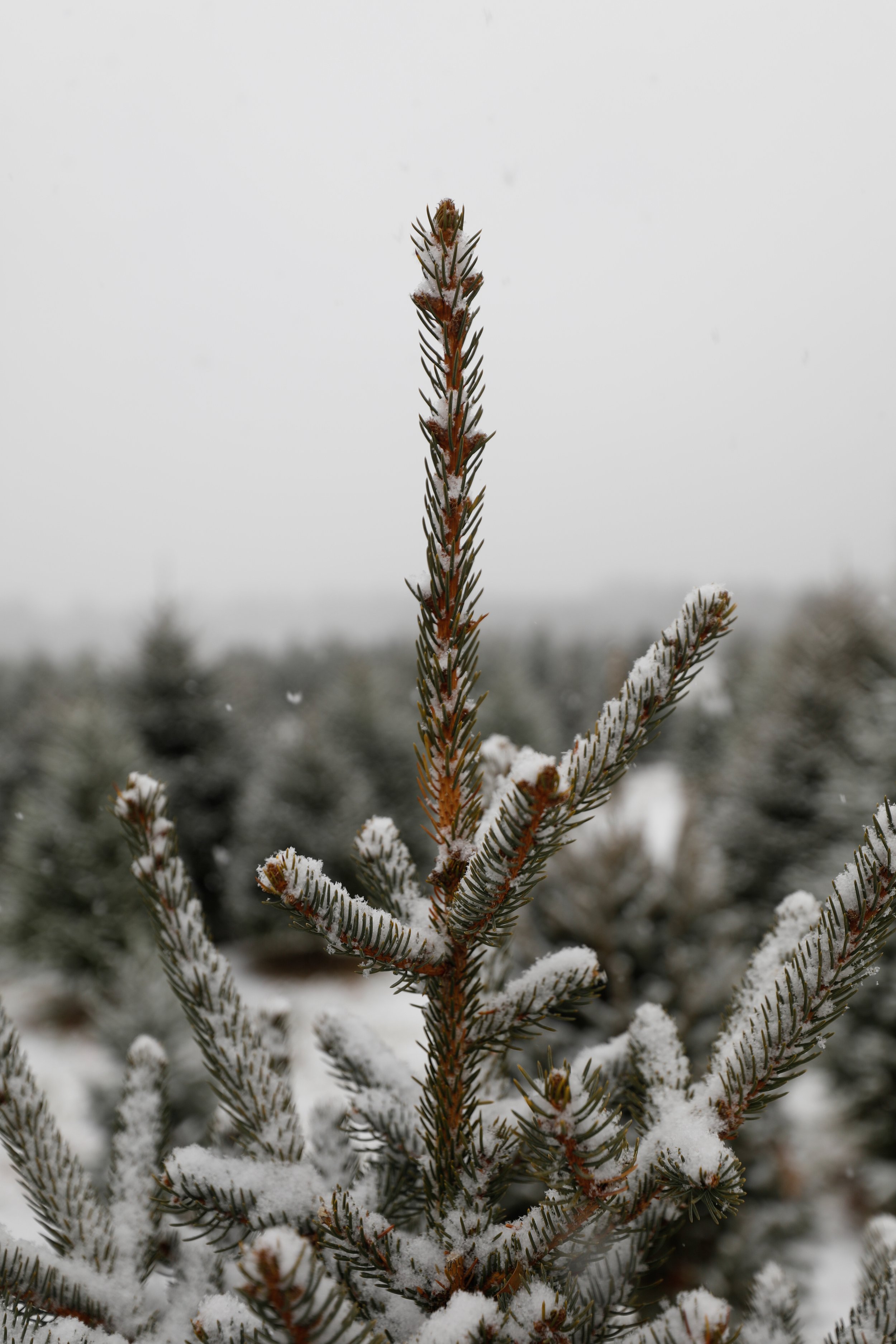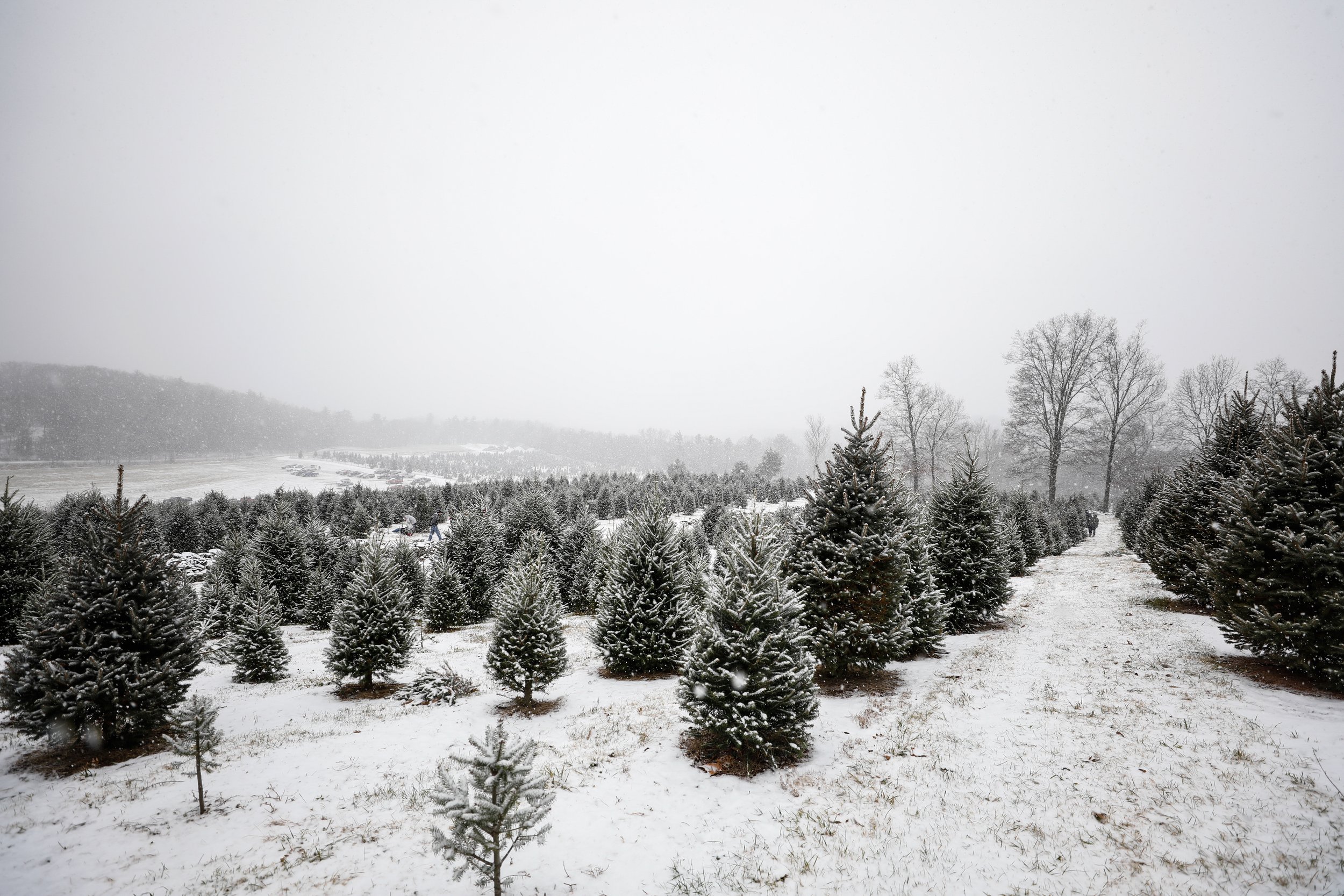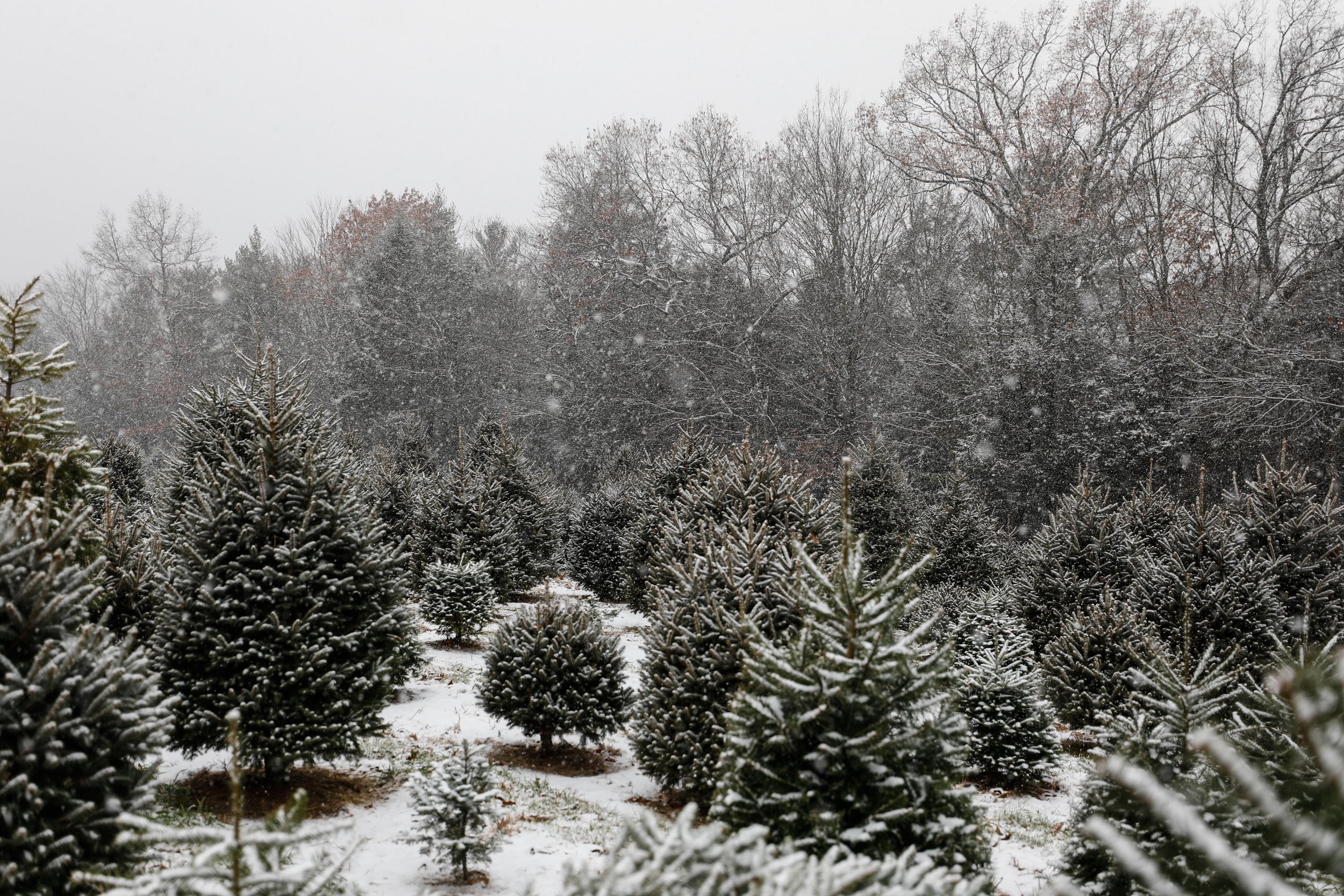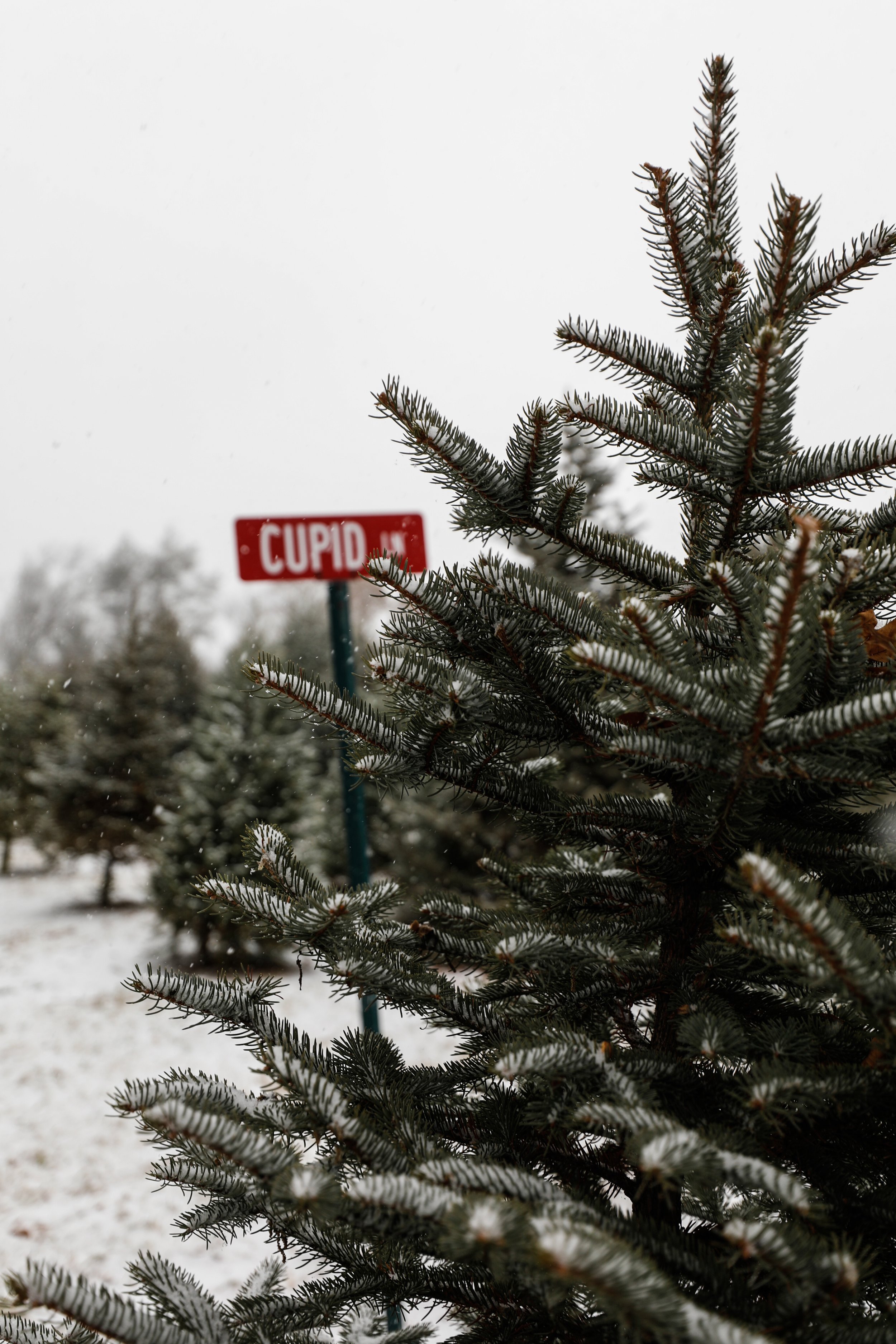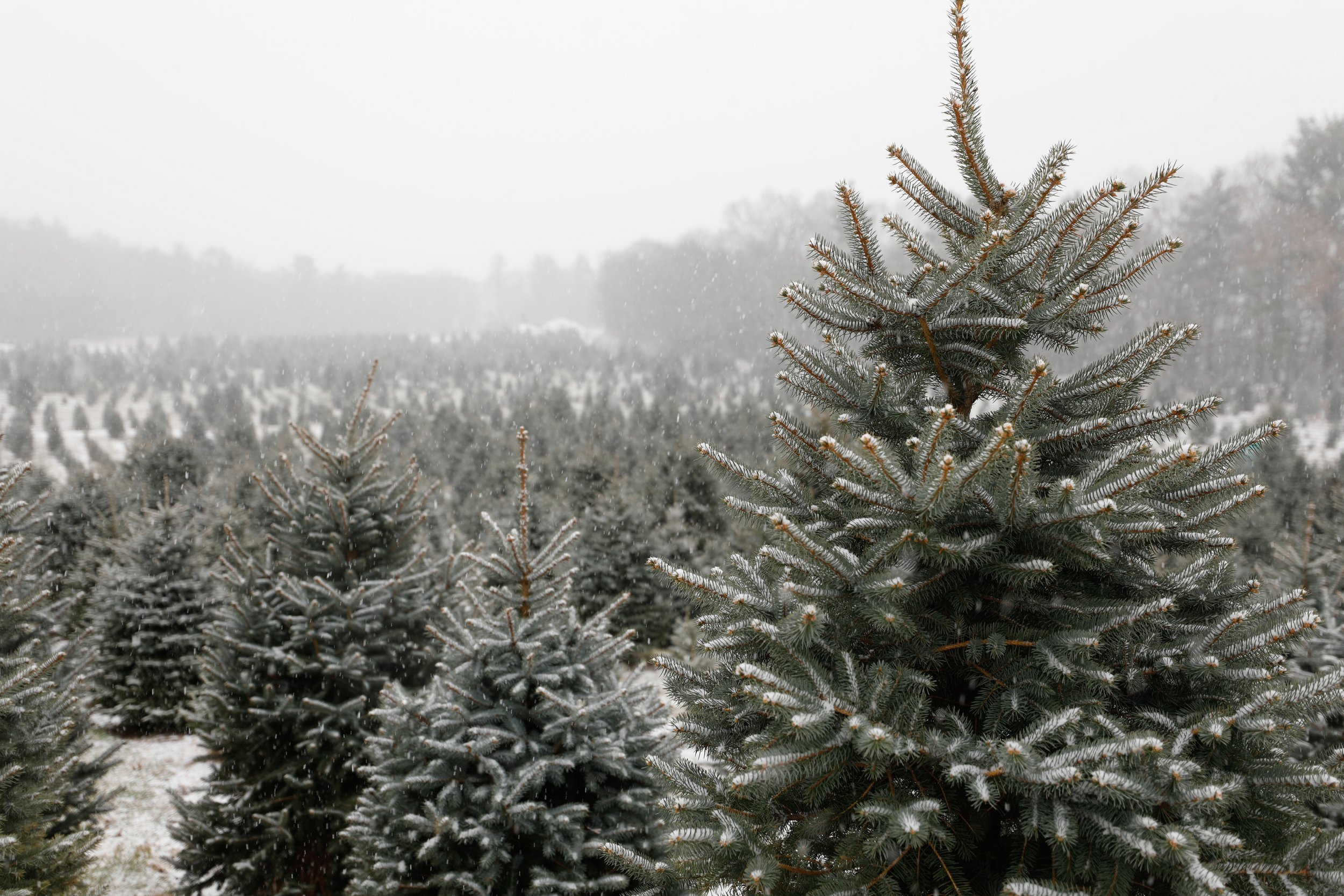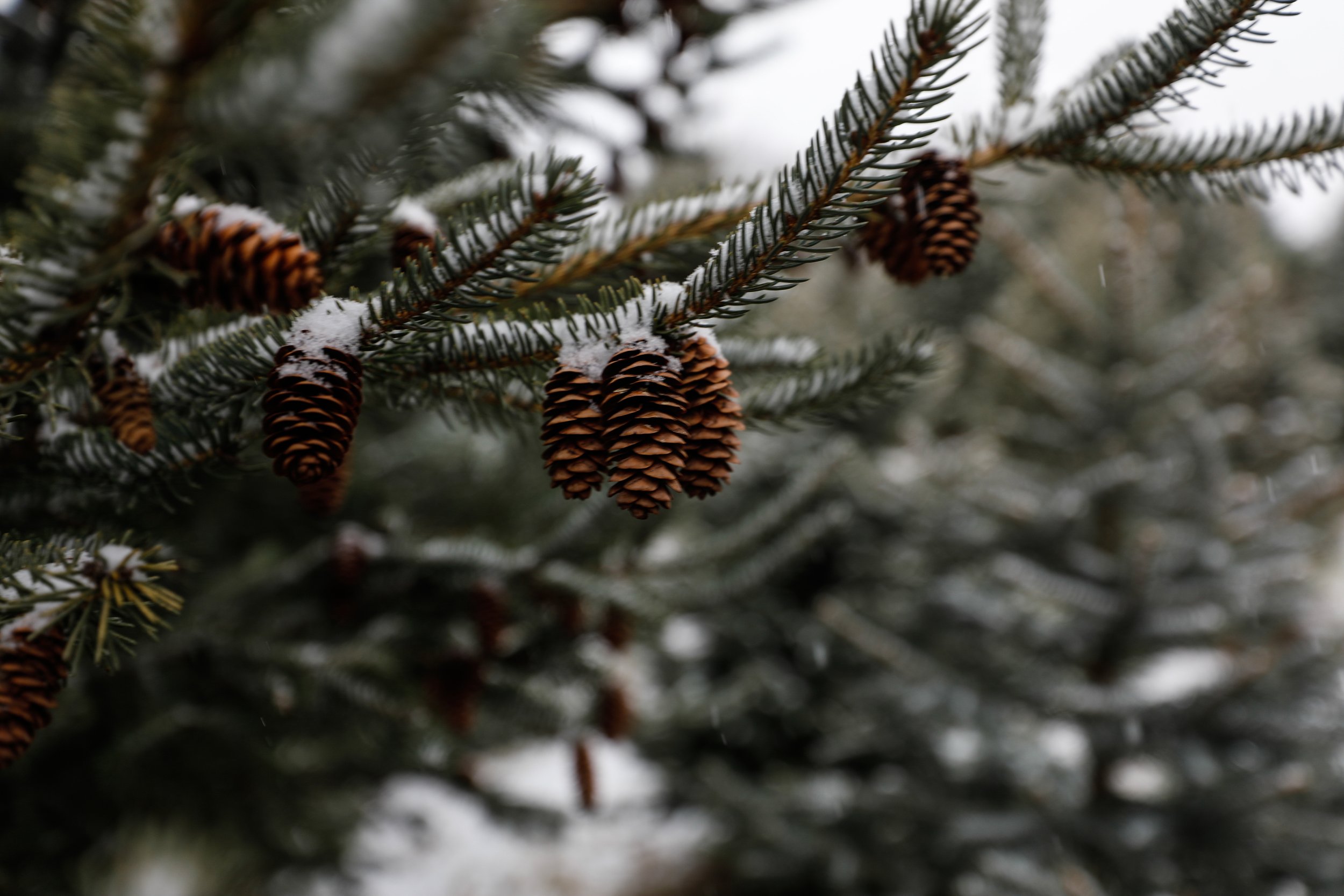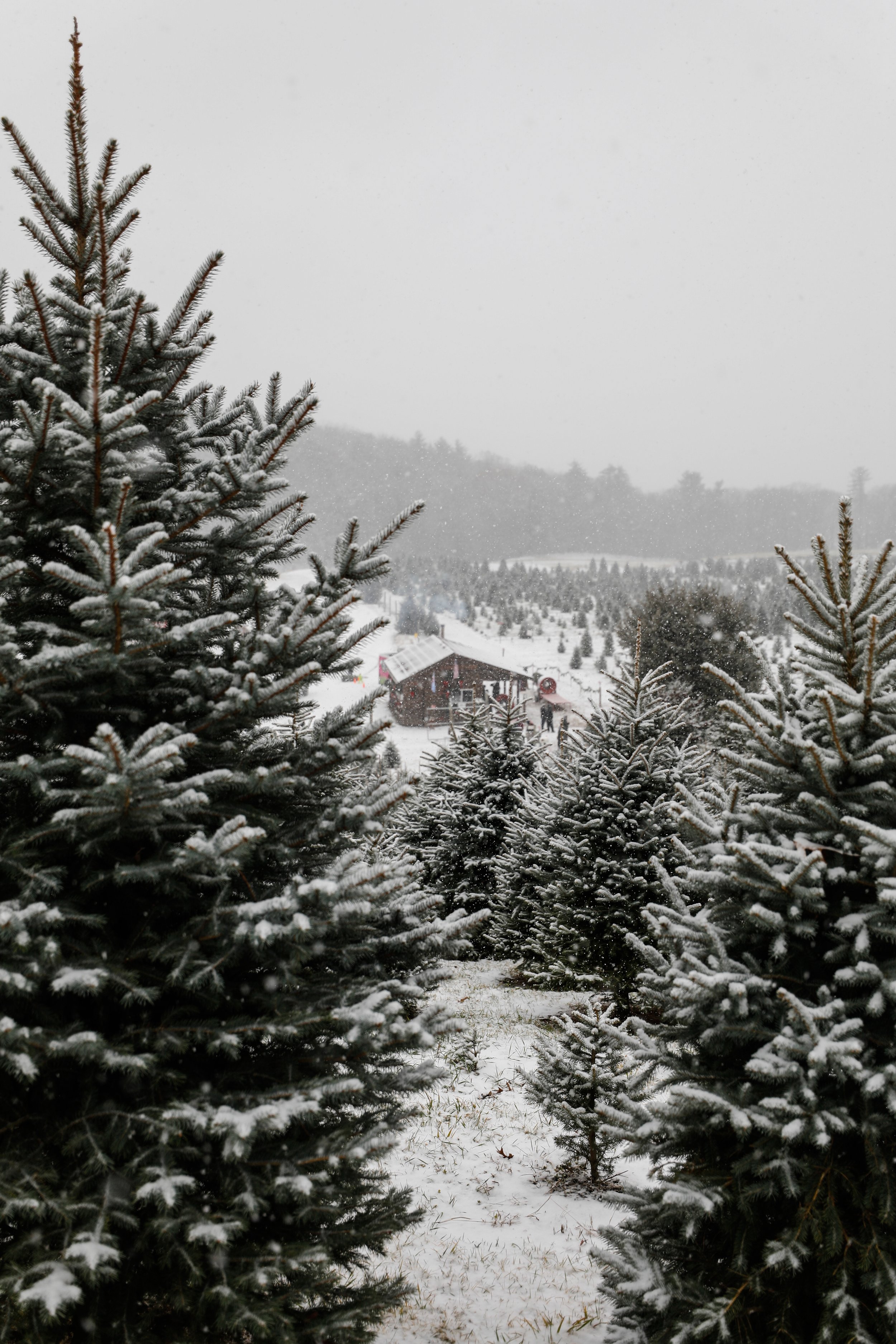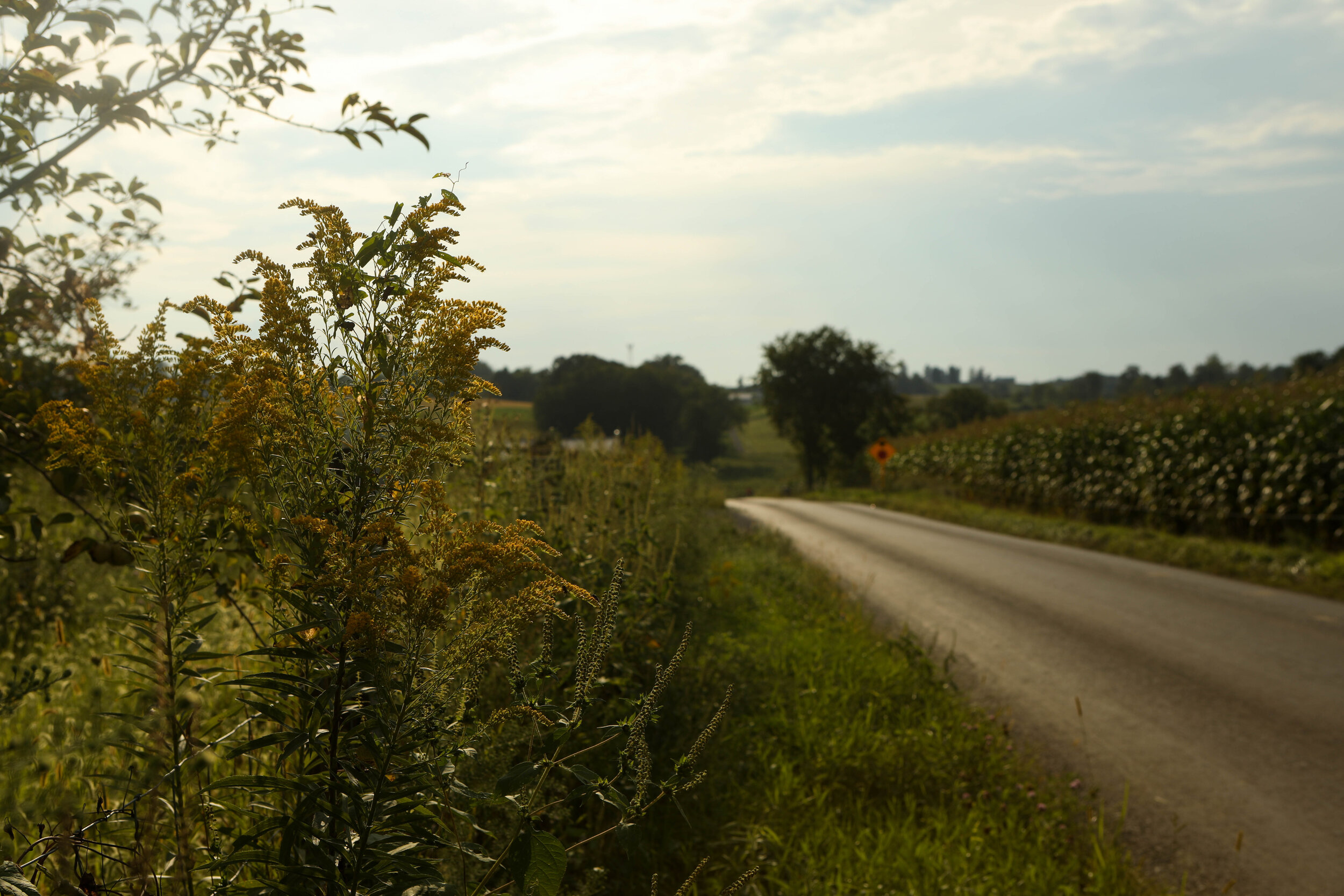Crafting Dreams: A Poetic Journey into Quilt-Making
Ben Ashby
In the quiet realm where threads whisper and dreams unfold, the art of quilt-making takes shape. It is a journey that transcends time, weaving together fragments of stories, memories, and the very essence of the human spirit. This poetic essay embarks on a lyrical exploration of the intricate dance between hands and fabric, as a quilt blooms from the fertile soil of creativity.
In the soft glow of dawn, the quilter, a silent architect of warmth and comfort, begins her pilgrimage. The sacred space, her atelier, resonates with the hum of anticipation. Cotton, like clouds, lies in repose, waiting to be transformed into a tapestry of dreams. Each piece, a harbinger of stories, carries whispers of laughter, tears, and the gentle rustle of leaves in the wind.
The quilter's hands, weathered by time and blessed by the touch of generations past, caress the fabric. With a tender reverence, she selects hues that mirror the palette of memories - the golden warmth of summer, the azure depths of endless skies, and the muted tones of autumnal nostalgia. The pieces come alive, converging in a kaleidoscope of colors that dance like fireflies in the twilight.
Thread, an ethereal strand that binds the quilt's destiny, cradles the dreams woven into each stitch. The needle, a conductor of symphonies untold, pierces through layers, connecting the present with the echoes of yesteryears. With each gentle pull, the quilt unfolds its secrets, revealing the stories etched in the fabric's very fibers.
As the quilter navigates this sea of memories, she encounters the labyrinth of emotions stitched into the quilt. Love, like a river, flows seamlessly, creating intricate patterns that reflect the interconnectedness of hearts. Loss, a shadow that dances on the edges, is embraced by the warmth of the quilt, transforming pain into a tapestry of resilience.
The quilt, a living, breathing testament to the passage of time, takes shape like a phoenix rising from the ashes of disparate fragments. It is a patchwork of triumphs and tribulations, a reflection of the human spirit's ability to mend and persevere. The quilter, an alchemist of sentiment, stitches hope into every fold, crafting a sanctuary of solace and rejuvenation.
In the final embrace of completion, the quilt unfurls its majestic wings. It is a testament to the quiet strength of the quilter's hands, a homage to the threads of shared experiences, and an ode to the timeless tradition of quilt-making. Each square, a chapter in the story of resilience, converges into a harmonious whole - a symphony of memories, a blanket of love.
As the sun dips below the horizon, casting a palette of hues upon the quilt, it becomes a vessel of warmth, ready to cradle weary bodies and restless souls. The quilt, a living testament to the artistry of creation, now whispers tales of courage and connection. In its folds, we find not only shelter but a woven sanctuary, a vessel for dreams to rest.
In the heart of quilt-making, we discover a sacred alchemy where memories, emotions, and creativity converge. It is a poetic dance, a timeless journey that transforms the ordinary into the extraordinary. The quilt, like a celestial constellation stitched with love, invites us to wrap ourselves in the comfort of shared stories, reminding us that, in every stitch, dreams find their eternal abode.





